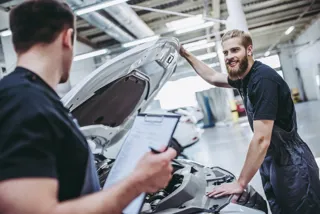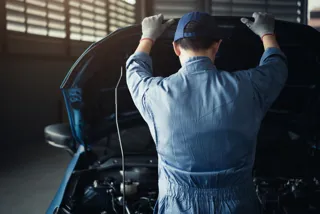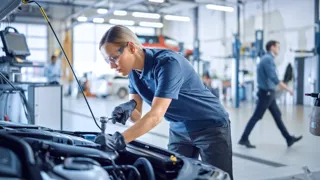Although this will come as little comfort right now to dealers, there is light at the end of the tunnel.
While we continue to see overall demand – and consequently used values – remaining under pressure for the rest of the winter there is a sense that the worst is over. This does not mean that stability has returned – we do not believe that will happen until early next summer.
But a pattern has now been established that offers some clarity around ongoing performance; small cars are enjoying consistent demand while large-engine vehicles remain weak.
The latest dealer research confirms our view that the downturn is now slowing with 37% reporting that their October business was about the same as September and 26% describing it as only slightly worse.
Looking ahead to the coming weeks there is a marked reduction in the number of dealers forecasting a seriously pessimistic outlook.
Asked how they expect the business climate to change just 12% predict a further significant downturn, while 36% expect a further slight reduction in performance – which can be interpreted as normal for the season. In contrast, almost half of the dealers expected the business climate to remain much the same.
Consumers remain wary of fuel costs, despite recent reductions, and this drives their decisions to buy.
Despite the fact that depreciation is likely to be the biggest overall cost they face, it remains low down the list of priorities influencing their purchase decisions.
To illustrate, 62% of dealers say fuel consumption is a high priority for their buyers while only 33% describe depreciation as a high priority.
And to reinforce the contrast, just 4% of dealers describe fuel consumption as a low priority, compared with 26% whose customers see depreciation as low priority.
Clearly, the key to success in the current climate is to focus on the most immediate visible costs to attract wary consumers.

















Login to comment
Comments
No comments have been made yet.